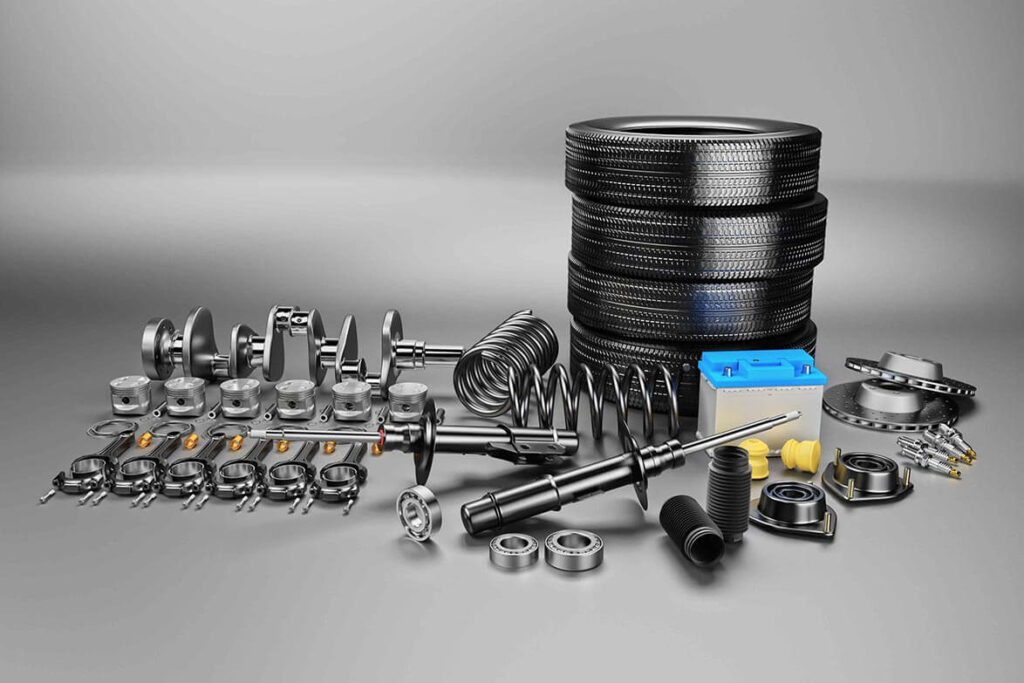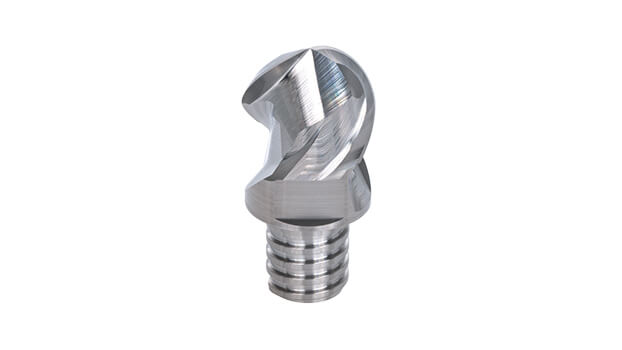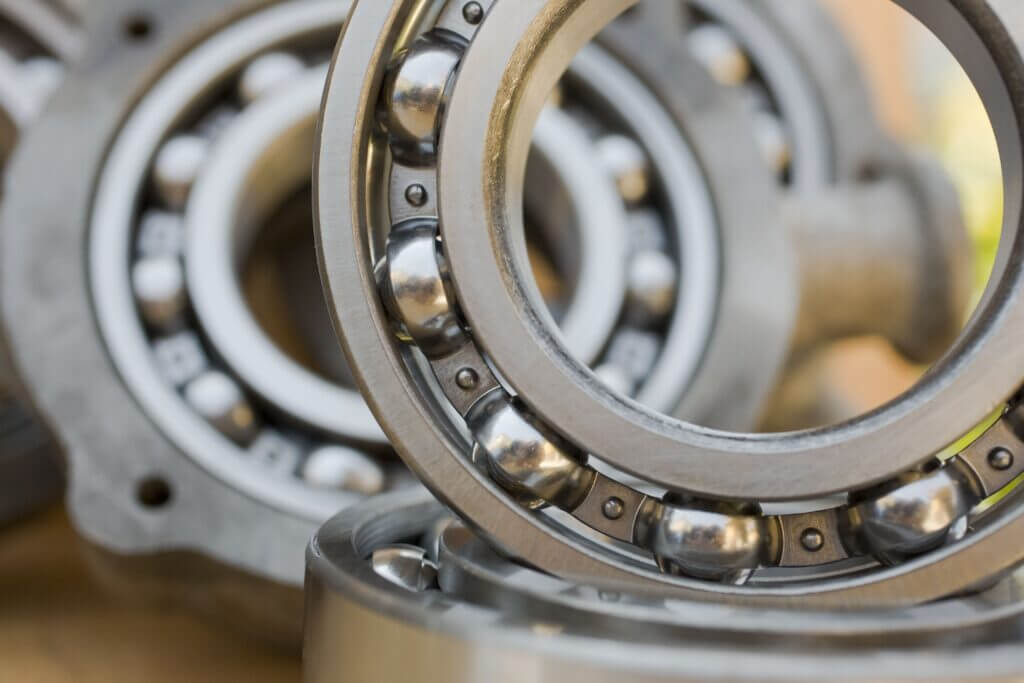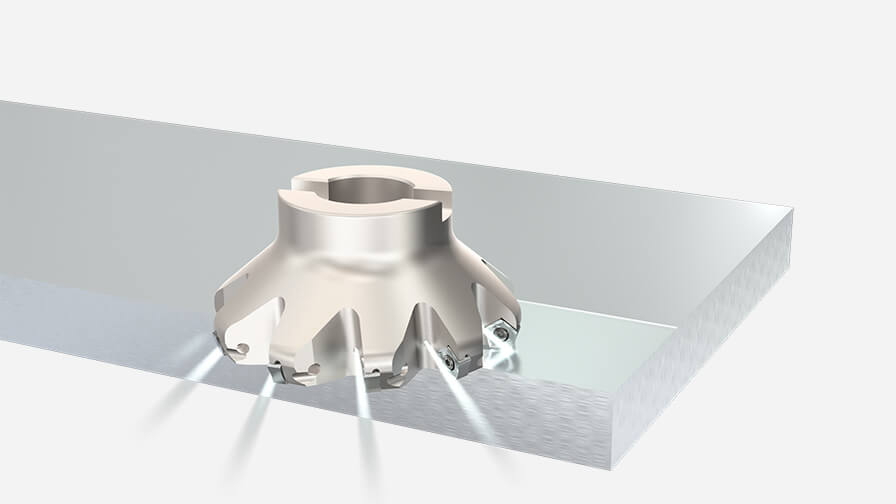Understanding Stress and Strain in Aerospace Parts
The field of aerospace engineering is a complex and fascinating one, involving the design and construction of aircraft and spacecraft. One crucial aspect of this field is understanding the behavior of aerospace parts under various loads and conditions. This understanding is essential for ensuring the safety and reliability of these parts. In this article, we will delve into the physics behind stress and strain in aerospace parts and explore the material properties that play a significant role in their behavior.
Stress and strain are fundamental concepts in the study of materials and structures. Stress refers to the internal force generated inside the material when the material is subjected to external loads. These loads can be in the form of tension, compression, shear or a combination of these loads. Strain, on the other hand, is a measure of the deformation that occurs in a material due to applied stress. It is a measure of how much a material stretches or compresses under a given load.

In aerospace engineering, stresses and strains are critical because they directly affect the performance and integrity of aircraft and spacecraft components. For example, the wings of an airplane are subject to huge stresses and strains due to the aerodynamic forces acting on the wings during flight. Understanding these forces and their effects on the wing is critical to designing a wing that can withstand loads and maintain its structural integrity.
To understand stress and strain in aerospace parts, it is essential to consider the material properties of these parts. Different materials exhibit different behaviors under stress and strain. Some materials, such as metals like aluminum and titanium, have high strength and stiffness, making them suitable for aerospace applications. Other materials, like composites, offer a combination of strength, stiffness, and lightness, making them ideal for reducing weight in aircraft and spacecraft.

The material properties that are of particular interest in aerospace engineering include elasticity, yield strength, ultimate strength, and ductility. Elasticity refers to a material’s ability to return to its original shape after being deformed under stress. Yield strength is the maximum stress a material can withstand before it starts to deform permanently. Ultimate strength is the maximum stress a material can withstand before it fails completely. Ductility is a measure of how much a material can deform before it breaks.
These material properties are crucial in determining the safety and reliability of aerospace parts. Engineers must carefully select materials that can withstand the expected loads and conditions. They must also consider factors such as temperature, fatigue, and corrosion, which can further affect the behavior of materials.

In conclusion, understanding stress and strain in aerospace parts is vital for ensuring the safety and reliability of aircraft and spacecraft components. Stress and strain are the internal forces and deformations that occur in materials under external loads. Material properties, such as elasticity, yield strength, ultimate strength, and ductility, play a significant role in the behavior of aerospace parts. Engineers must carefully consider these properties when designing and selecting materials for aerospace applications. By doing so, they can ensure that these parts can withstand the expected loads and conditions, ultimately contributing to the overall safety and performance of aerospace systems.
